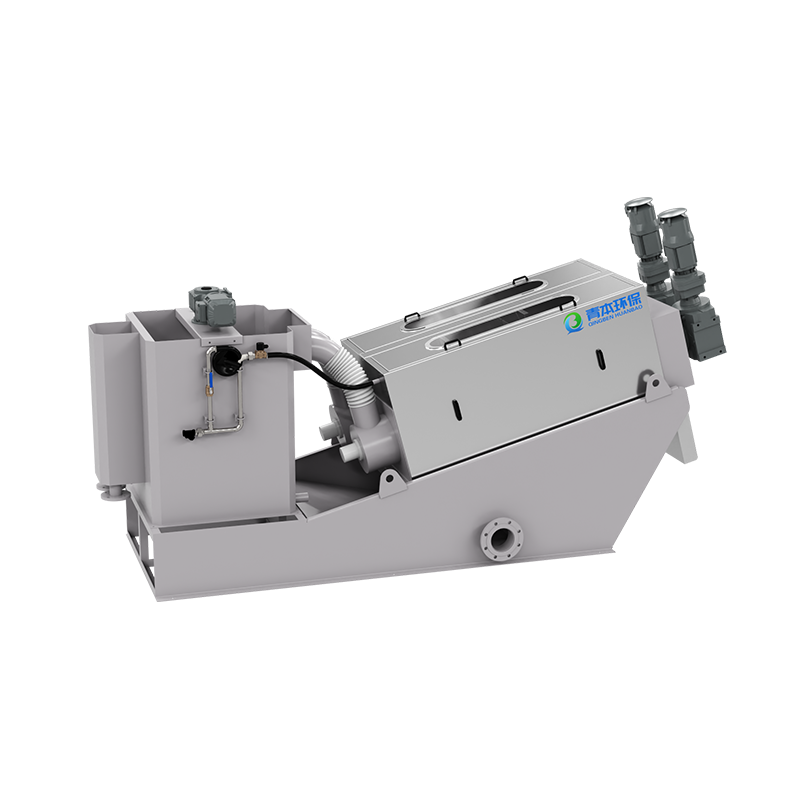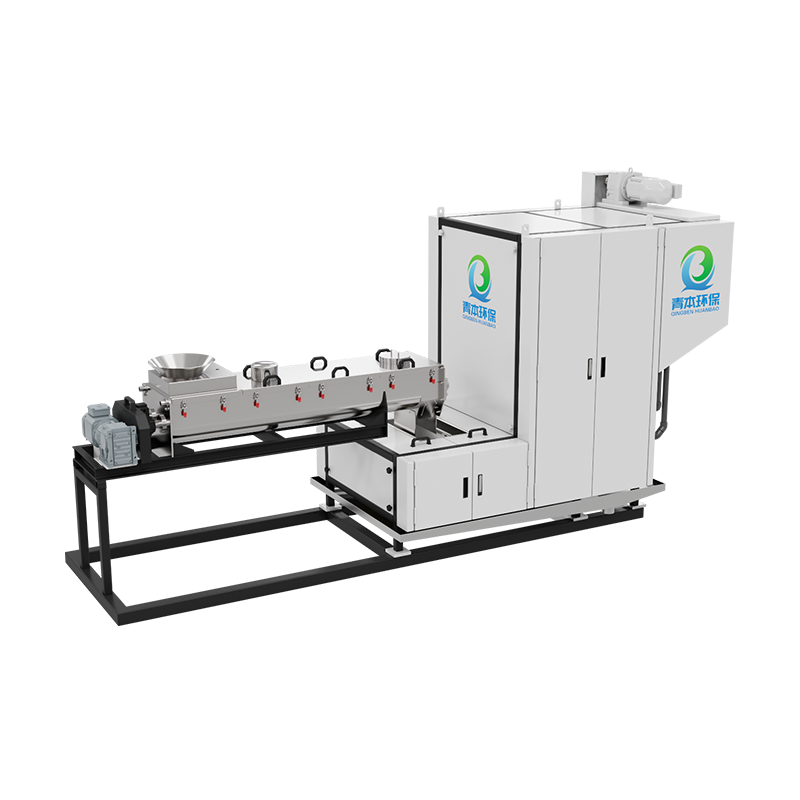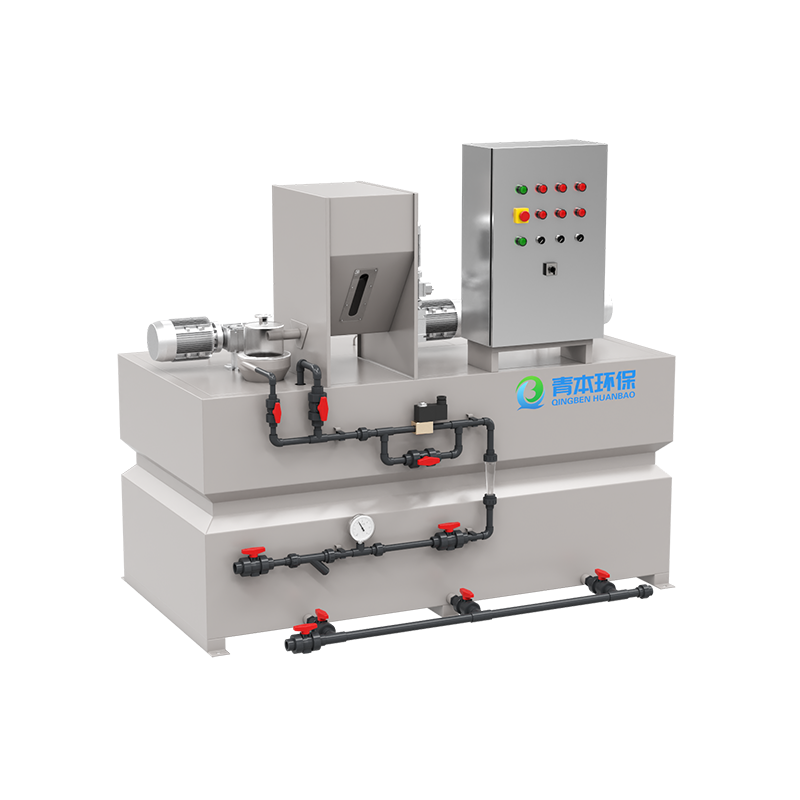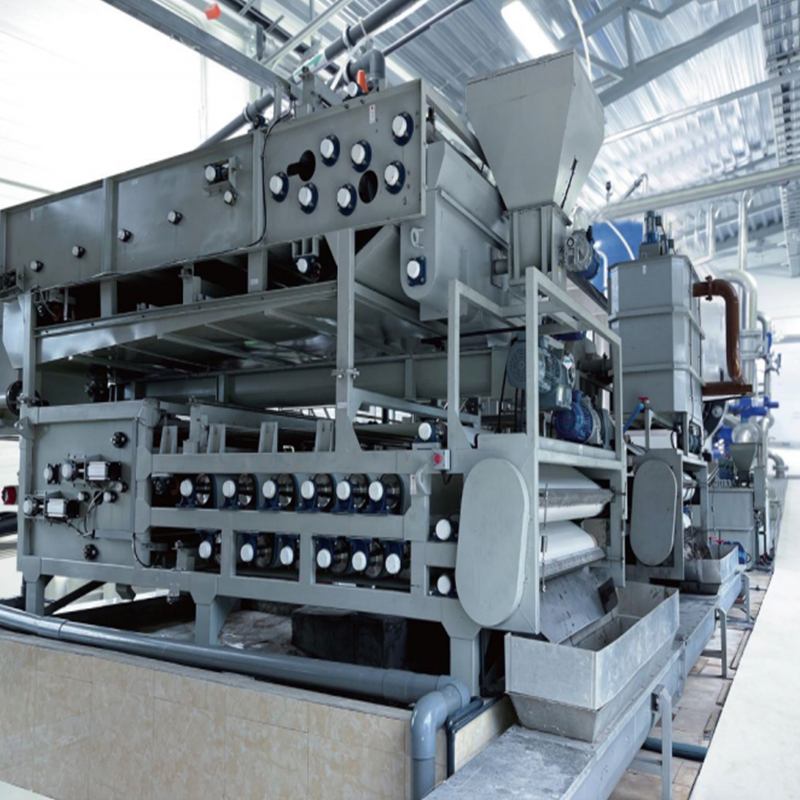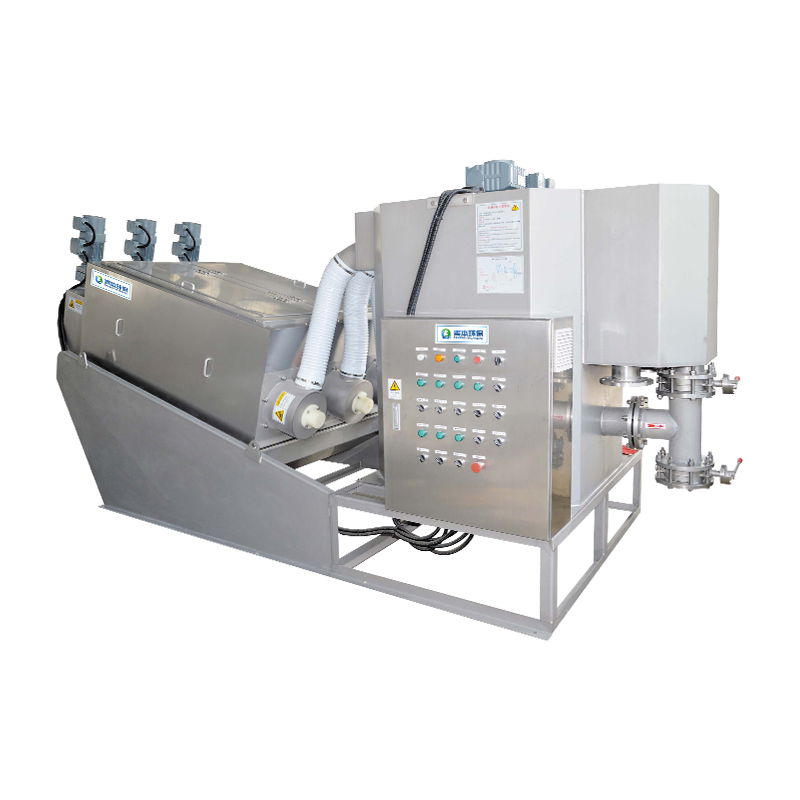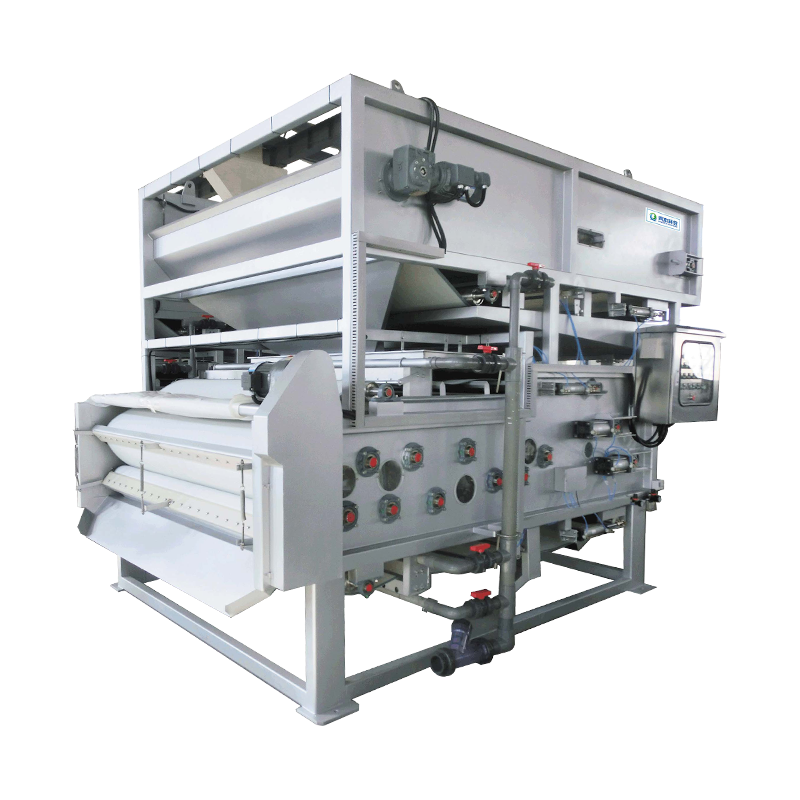1. Working principle of screw conveyor
Basic structure:
The dehydrated sludge is installed in the sludge dehydration equipment and then transported to the loading site; the shaftless screw conveyor is generally made into a sealed structure for transportation, which plays the role of collection and improvement of the environment, and is convenient for subsequent treatment. The screw conveyor is mainly composed of a drive device (motor + reducer), a screw shaft (spiral blade), a conveying trough (U-type or tubular), an inlet and outlet, etc. Its core component, the spiral blade, drives the material to move axially by rotation.
Conveying principle:
Gravity slip: The material slides along the trough body under the push of the spiral blade by relying on its own gravity.
Centrifugal force assistance: When rotating at high speed, some lightweight materials (such as powder) can be suspended and transported with the help of centrifugal force.
Movement form classification:
|
Type |
Features |
Applicable scenarios |
|
Horizontal conveying |
Material is conveyed horizontally, with a simple structure |
Food, cement, chemical raw materials |
|
Inclined conveying |
Inclination angle ≤ 20°, need to increase motor power |
Mining, construction aggregate lifting |
|
Vertical conveying |
Using special spiral blades to achieve 90° lifting |
Feed, biomass pellets |
2. The core advantages of screw conveyor
- Efficient and continuous conveying
The conveying capacity can reach 5-500m³/h, and the speed is adjustable (usually 10-60rpm) to meet the needs of different working conditions.
The closed design reduces dust spillage and meets environmental protection requirements (such as GB 16297-1996 Air Pollutant Emission Standards).
- Adapt to complex materials
Powder (such as flour, cement)
Particles (such as grains, plastic particles)
Viscous materials (such as sludge, asphalt) - shaftless spiral design is required to prevent clogging.
- Low maintenance cost
No complex transmission parts, low failure rate, only regular lubrication of bearings and inspection of blade wear are required.
Wear-resistant blades (such as manganese steel or polymer coating) can extend the service life to 5-8 years.
3. Preparation before operation
Comprehensive equipment inspection
Check whether the connecting bolts of each component are tight, especially the screws between the spiral tube and the connecting shaft. If they are loose, tighten them immediately.
Confirm that the oil level and oil quality of lubrication points such as reducers and bearings meet the requirements (such as HQ-10 lubricating oil for reducers and lithium-based grease for bearing boxes).
Clear the debris in the machine slot, especially large impurities (such as rope heads and straws) at the intermediate bearing to avoid blockage.
Electrical system verification
Check whether the power supply voltage is stable and the deviation from the rated voltage of the equipment does not exceed ±5%.
Test whether the grounding line is intact to prevent leakage accidents.
No-load trial run
Before starting, make sure there is no material in the casing, run it for 2-3 minutes without load, and observe whether the steering is correct and whether there is any abnormal sound or vibration.






